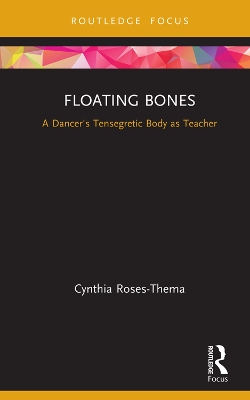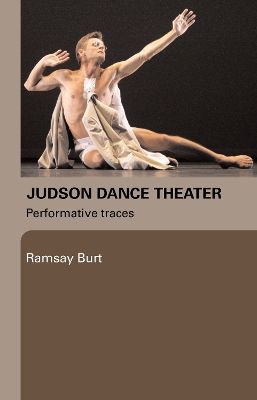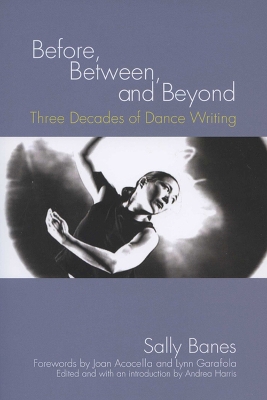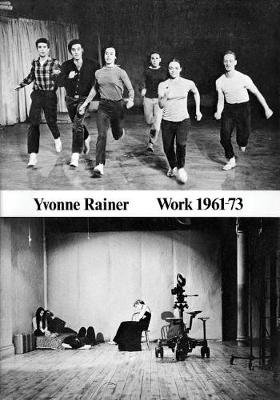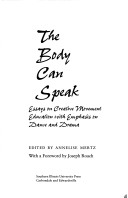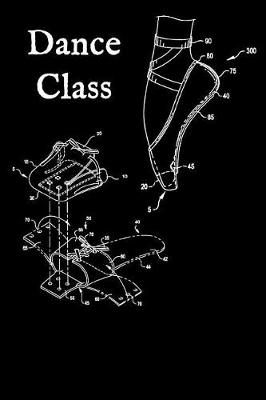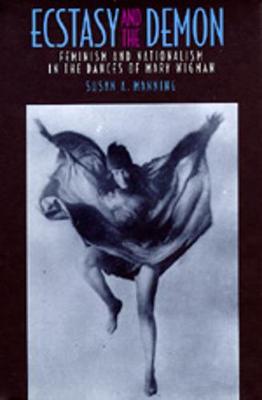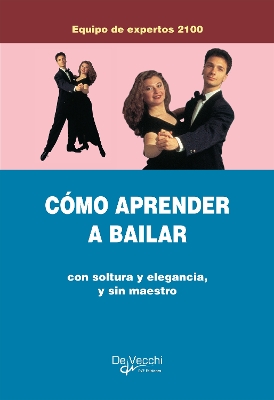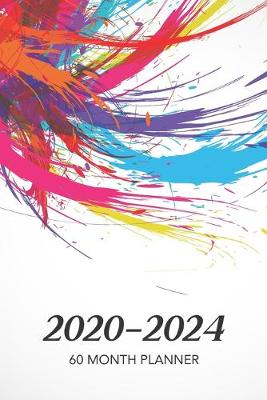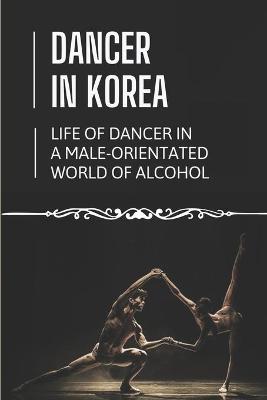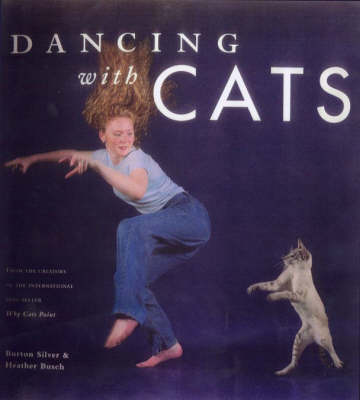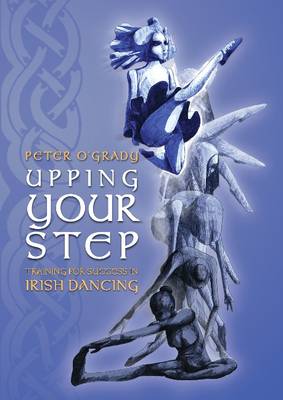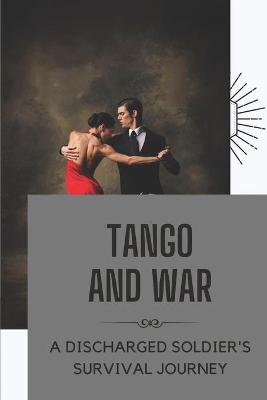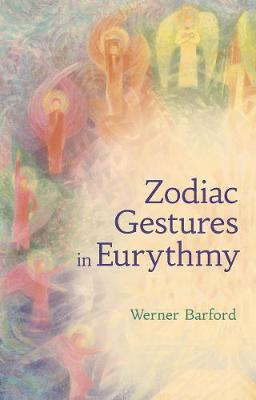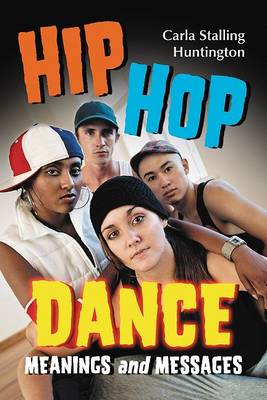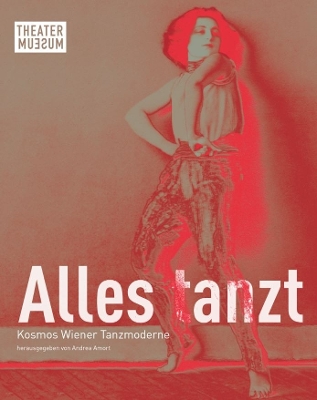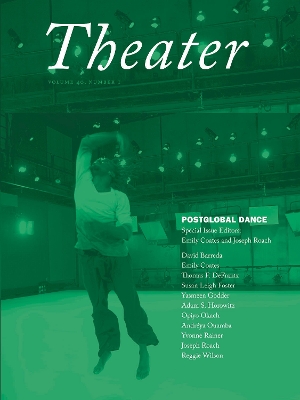Floating Bones charts the author’s journey into tensegrity, which begins in ballet and culminates in a model for addressing one’s body as a teacher. Tensegrity flips traditional biomechanical models such that instead of support coming from the bones, the bones float, and it is the muscles and other soft connective tissue that provide support for the moving body. Using the model of tensegretic experience, Roses-Thema connects somatics, cognition, rhetoric, and reflective practices detailing the...
"The Judson Dance Theatre "explores the work and legacy of one of the most influential of all dance companies, which first performed at the Judson Memorial Church in downtown Manhattan in the early 1960s. There, a group of choreographers and dancers--including future well-known artists Twyla Tharp, Carolee Schneemann, Robert Morris, Trisha Brown, Yvonne Rainier, and others--created what came to be known as " postmodern dance." Taking their cues from the experiments of Merce Cunningham, they took...
Sally Banes has been a pre-eminent critic and scholar of American contemporary dance, and ""Before, Between, Beyond"" spans more than thirty years of her prolific work. Beginning with her first published review and including previously unpublished papers, this collection presents some of her finest works on dance and other artistic forms. It concludes with her most recent research on George Balanchine's dancing elephants. In each piece, Banes' detailed eye and sensual prose strike a rare balance...
These vividly written letters document the lives of two remarkable women artists who were at the center of twentieth-century dance modernism. Mary Wigman's groundbreaking choreography and inspired performing in Germany during the 1910s and 1920s brought the emerging art of modern dance into dialogue with modern painting, theater, and film. Her disciple Hanya Holm took Wigman's aesthetic philosophy to the United States in 1931, effectively adapting it to the American temperament, and ultimately b...
The Body Can Speak
The 19 contributors to this book attest that movement is our first language, our universal language. The book gives a voice to accomplished teachers, actors, dancers, directors, authors and choreographers who share their experiences while they address creative-movement education from pre-school through college. As editor of this collection, dancer, choreographer and artistic director Annelise Mertz, provides both an aesthetic appreciation for creative-movement education, as well as practical ped...
Mary Wigman, Germany's premier modern dancer between the two world wars, envisioned the dancer in the thrall of ecstatic and demonic forces. Transforming the performer into an abstract configuration of energy in space, her works subverted the traditional eroticization of the female dancer. Critics in her own time and historians since have hailed her as a major innovator of dance modernism. What commentators have not acknowledged until recently, however, is her collaboration with the Nazis. Unde...
60 Month Planner 2020-2024 (2020 - 2024 Five Year Monthly Calendar Planner, #8)
by Minnie D White
While researching their groundbreaking book, Why Cats Paint, Burton Silver and Heather Busch uncovered another phenomenon that seemed to merit further investigation: people who dance with their cats, or, more accurately, cats who dance with their people. It turns out that thousands of people today are rediscovering the ancient practice of cat dancing, tapping into this remarkable method of channeling feline energy and bonding with their pets. Some whisper to horses; others dance with cats. Both...
Stepping Left simultaneously unveils the radical roots of modern dance and recalls the excitement and energy of New York City in the 1930s. Ellen Graff explores the relationship between the modern dance movement and leftist political activism in this period, describing the moment in American dance history when the revolutionary fervor of "dancing modern" was joined with the revolutionary vision promised by the Soviet Union. This account reveals the major contribution of Communist and left-wing p...
Martha Graham in Love and War: The Life in the Work
by Professor and Coordinator of Graduate Programs Dance Mark Franko
Eurythmy is an art form that makes sounds visible. By incorporating zodiac gestures into their art, as indicated by Rudolf Steiner, eurythmists can draw on a deep connection between the earth and the cosmos.The zodiac, as representative of the whole cosmos, is a vital part of human spirituality, acting as the backdrop to human life. But it can be hard to fathom the zodiac's secrets, even through meditation. Barfod draws a parallel between meditative exercises and eurythmy practice, and shows how...
Up until the 1930s Vienna was one of the international centers of modern dance. The Theatermuseum in Vienna presents a large exhibition dealing with the multifaceted, dense, and effervescent dance scene in Vienna in the early twentieth century, contrasting it with drastic contemporary events: the Nazi dictatorship, persecution, and exile. The focus is on dancers and choreographers who pioneered European modern dance, such as Isadora Duncan, Grete Wiesenthal, Gertrud Bodenwieser, and Rosalia Chla...
This issue examines how dance is transformed by cross-pollinations and how artistic practice incorporates transnational perspectives. Drawing on the work of the World Performance Project at Yale and its 2008 Festival of International Dance, contributors explore the hybrid expressions being created by a new generation of artists.
